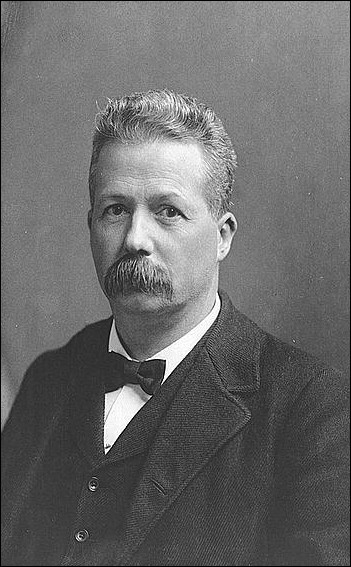

December 5th 2004 marked the 149th anniversary of the birth of C. Hart Merriam. As chief of the U.S. Biological Survey, he oversaw much of the biological exploration of the West in the later 19th and early 20th centuries. The Survey's "North American Fauna" series is still useful today for its wealth of ecological details, and Vernon Bailey's "Mammals of New Mexico" is a classic. As a branch of the Department of Agriculture, the Biological Survey was pressured to turn its attention to more immediately practical subjects, such as how to control rodents and eradicate predators. Despite the pressure, however, it took Merriam's retirement to fully shift to meet the expectations of the agricultural establishment.
To most people, Merriam is best known for his recognition of what now
are known as "Merriam's Life Zones". Working in the Southwest, he showed
that in moving from low desert to towering mountain tops, one passed through vegetative
zones much as if traveling from the Sonoran Desert to the Arctic tundra. His life zone
concept is still used today throughout the Southwest.

Listen to the Audio (mp3 format) as recorded by KTEP, Public Radio for the Southwest.
Contributor: Arthur H. Harris, Laboratory for Environmental Biology, Centennial Museum, University of Texas at El Paso.
Desert Diary is a joint production of the Centennial Museum and KTEP National Public Radio at the University of Texas at El Paso.

C. Hart Merriam, 1901. Photograph courtesy of the Library of Congress.